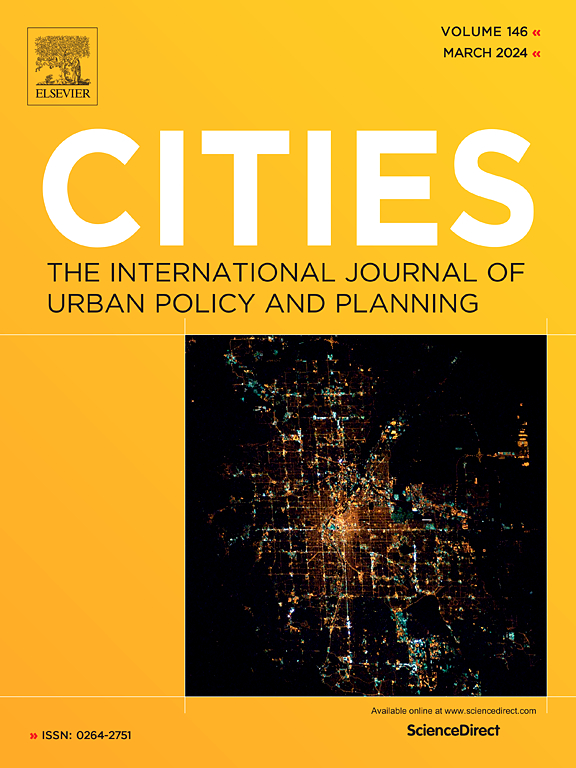住宅街段的投资与犯罪:评估街区特征的调节作用
IF 6.6
1区 经济学
Q1 URBAN STUDIES
引用次数: 0
摘要
研究表明,以房屋结构维修、新建筑和房屋翻新等形式进行的投资与住宅区犯罪率的降低有关。本研究利用美国 6 个大城市的纵向数据,研究了投资与住宅街段犯罪之间的关系如何受邻里特征的调节,从而更好地了解如何有针对性地制定投资策略,以最大限度地提高公共安全效益。我们估算了具有街道区段和人口普查区年固定效应的空间杜宾模型,以研究直接投资的一种衡量标准--建筑许可--对街道区段犯罪率变化的影响,以及这种影响因人口普查区层面的集中劣势、居住稳定性、住房价值中值、非白人比例、外国出生人口比例和人口密度而不同的程度。研究结果表明,在所有城市中,许可活动与犯罪率变化之间存在明显的负相关关系。除少数例外情况外,在人口密度最高、外国出生居民比例最高的社区,其影响最大,因为这些社区的集中劣势较高,而居住稳定性和房屋价值中位数较低。种族和民族居住人口的调节作用因城市而异。我们讨论了相关影响,包括避免与投资相关的意外后果。本文章由计算机程序翻译,如有差异,请以英文原文为准。
Investment and crime on residential street segments: Assessing the moderating role of neighborhood characteristics
Research suggests that investment in the form of structural home repairs, new construction, and home renovation is associated with crime reductions in residential areas. The current study examines how the relationship between investment and crime on residential street segments is moderated by neighborhood characteristics using longitudinal data from six large U.S. cities to better understand how investment strategies can be targeted to maximize public safety benefits. We estimate spatial Durbin models with street segment and census tract by year fixed effects to examine the effects of one measure of direct investment, building permits, on changes in crime at street segments and the extent to which such effects vary by census tract-level concentrated disadvantage, residential stability, median housing values, percent non-White, percent foreign-born, and population density. Findings reveal a significant negative relationship between permit activity and changes in crime in all cities. With few exceptions, effects were strongest among segments in the densest neighborhoods with the highest percentage of foreign-born residents where concentrated disadvantage is high and residential stability and median home values are low. The moderating influence of the racial and ethnic residential population varied across cities. We discuss implications, including avoiding unintended consequences associated with investment.
求助全文
通过发布文献求助,成功后即可免费获取论文全文。
去求助
来源期刊

Cities
URBAN STUDIES-
CiteScore
11.20
自引率
9.00%
发文量
517
期刊介绍:
Cities offers a comprehensive range of articles on all aspects of urban policy. It provides an international and interdisciplinary platform for the exchange of ideas and information between urban planners and policy makers from national and local government, non-government organizations, academia and consultancy. The primary aims of the journal are to analyse and assess past and present urban development and management as a reflection of effective, ineffective and non-existent planning policies; and the promotion of the implementation of appropriate urban policies in both the developed and the developing world.
 求助内容:
求助内容: 应助结果提醒方式:
应助结果提醒方式:


